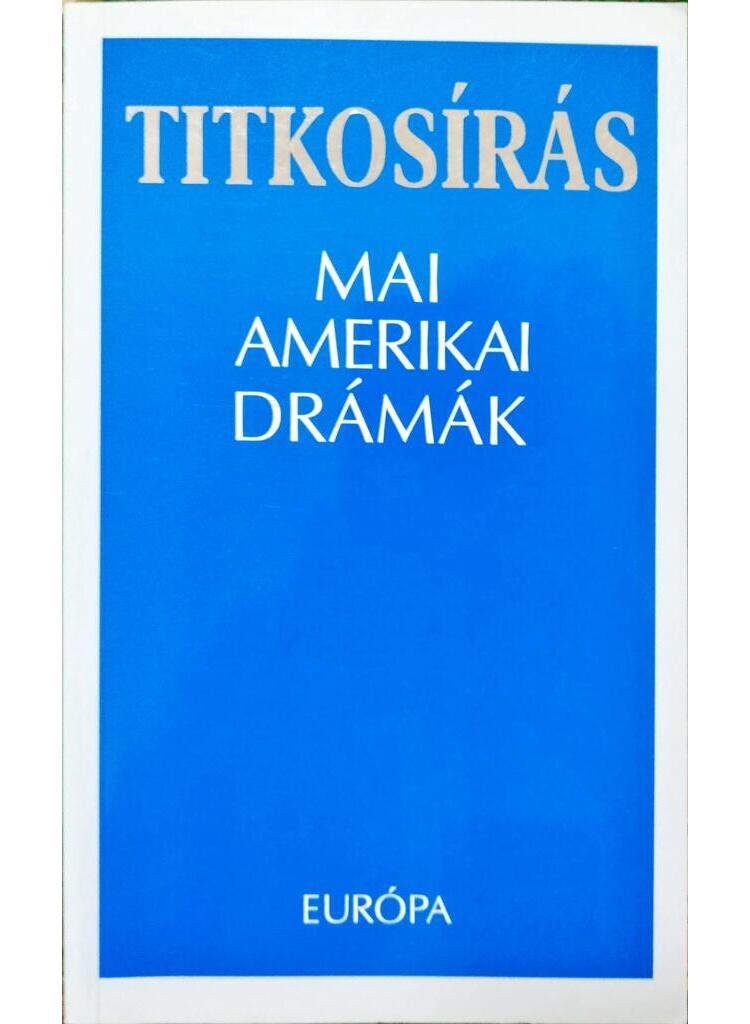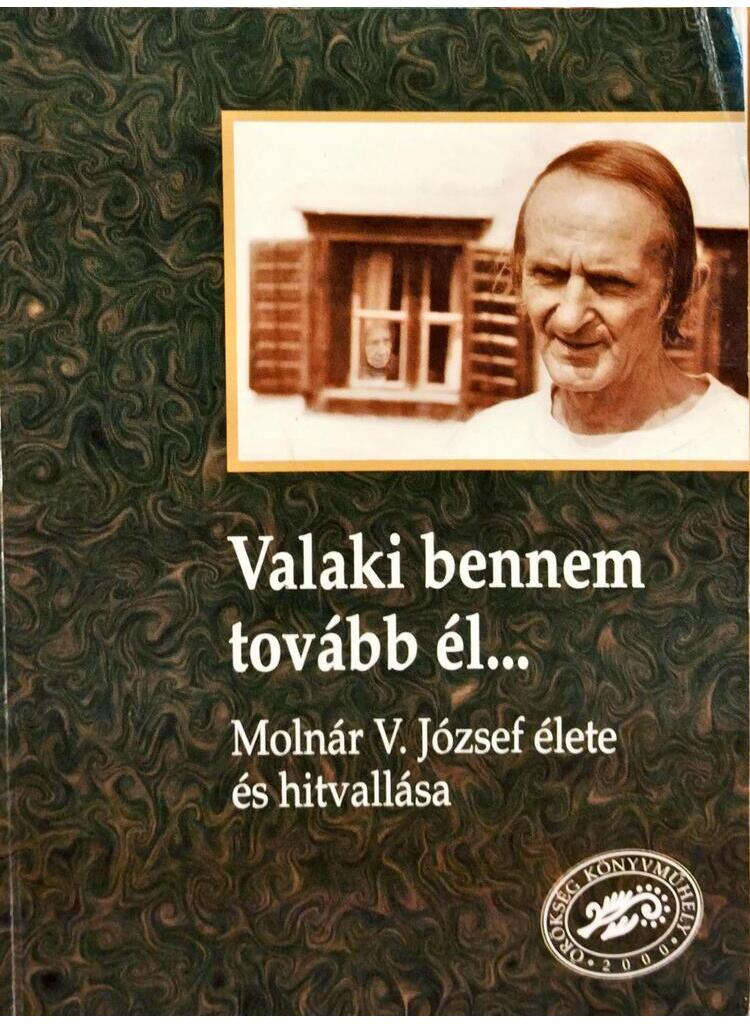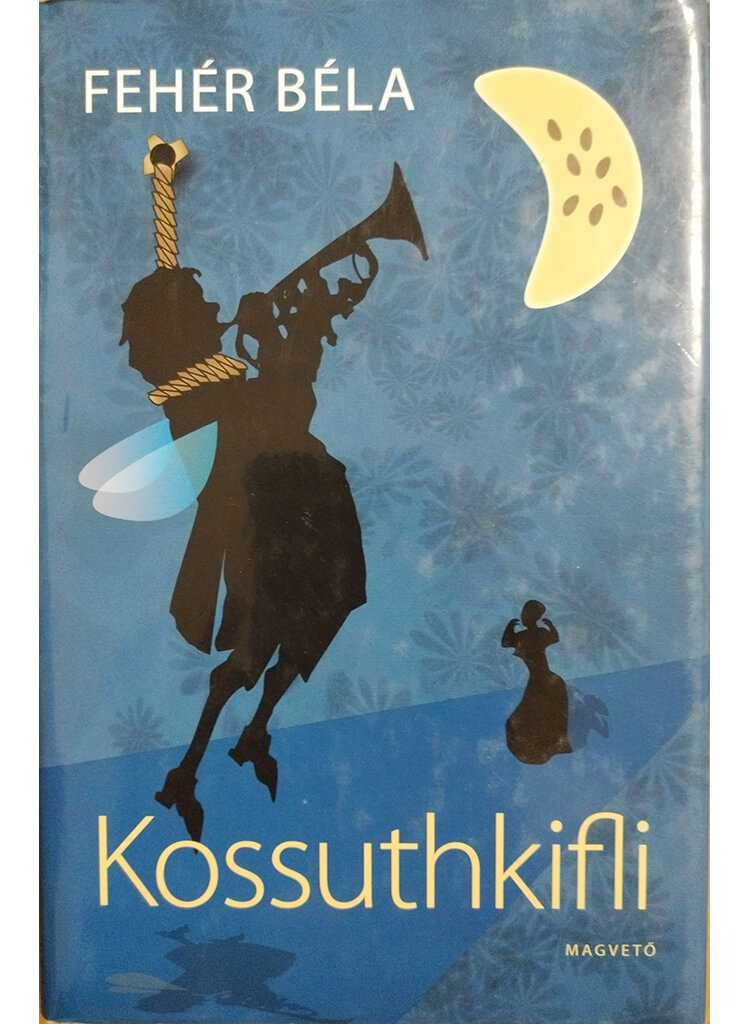-

The History of The Hungarian Pipemaker’s Craft
08 000 FtThe earliest pipes and pipe-smoking accessories of outstanding cultural history value entered the Hungarian National Museum collection in the mid 1860’s. In addition to the historical value of pipes of famous personalities – Ferenc Rakoczi II, Ferenc Wesselenyi, Sandor Kisfaludy, Mihaly Vorosmarty and Janos Vajda – knowledge of smoking history was furthered by the remarkably skillfully wrought pipe-carvings as works of applied art. Regrettably, a major portion of this collection was destroyed during World War II. In the early 1970’s the Hungarian National Museum purchased some 500 pipes from the estate of the noted collector and former mayor of Budapest, Istvan Barczy, the collection featuring the works of master Hungarian meerschaum carvers and other European, mainly Austrian and German pipe-makers. as a result of consistent museological collection and cataloguing, the Hungarian National Museum today possesses the largest and the most significant Smoking History Collection in Hungary. Through studies and articles by noted authors, this book offers a summary of the Hungarian history of smoking and pipe-collecting. It deals with the pipe finds from archeological digs, the activities of early pipe-making centers, and the making of pipes of various materials and forms. A separate study analyzes the historical subject appearing on pipes and pipe-stems, also identifying the drawings on which the sculpted depictions on the pipes were modeled. With the aid of the exhibition catalogue section of this book, the visitor may not only follow the material on display but also gain a comprehensive view of a hitherto little-known area of art history uniquely combining Hungarian cultural history and applied art. The year 2000 is an especially great occasion for Hungarians throughout the world. One thousand years ago the Hungarian state was formed when King Stephen The Saint converted to Christianity and was crowned king. He had succeeded in establishing a state and culture which, despite its linguistic isolation, would survive and take root in the Carpathian Basin, fitting into the family of European nations. To quote Gyula Illyes: ”…a people may live a thousand years only by means of miracles: on the model of the phoenix.” Hungarian-ness, like the phoenix, has always been capable of rebirth, not only preserving but also enriching its culture. The Millennium – like other historic anniversaries – has directed public attention to the outstanding values of the national cultural heritage. The characteristic forms of manifestation of this are the exhibitions held in the museums. The pipe history exhibition jointly organized by the Hungarian National Museum and the Balaton Museum of Keszthely takes a worthy place among these, as well as being the most significant presentation to date of the Smoking History Collection of the Hungarian National Museum. The exhibition will be on display at the Balaton Museum from April to September, 2000, then at the Deri Museum in Debrecen, and finally at the Hungarian National Museum.
-

Tiltott égbolt
0800 FtA könyv ´56-ról szól, és amennyiben helyes volt lefordítani, annak valójában egyetlen nagyon fontos oka van: hangsúlyozza ´56 egyedülálló jelentőségét a nemzetközi kommunizmus elleni küzdelemben.
-

Titkosírás
01 500 FtNoha az itt olvasható színművek ugyanabban az országban és ugyanabban az időszakban születtek, íróik eltérő kulturális háttérrel, más és más tapasztalatokkal, különböző időben érkeztek a színház világába, így aztán a hét drámában hét külön kis világ mutatkozik meg. A kötetünkben szereplő szerzők némelyike több évtizedes színházi múlttal, bemutatók, sikerek és díjak sokaságával dicsekedhet, míg mások ígéretesen induló pályájuk elején tartanak. Akad köztük fiatal, középkorú és idősödő; latin-amerikai, illetve ázsiai származású, fekete és fehér bőrű, hetero- és homoszexuális, nő és férfi. Nem „kultúrpolitikai” döntés, nem előzetes elhatározás, valamiféle „egyensúlyteremtő” szándék következménye ez. Szinte véletlenül alakult így, miközben igyekeztünk olyan antológiát összeállítani, amely a lehető leghívebben mutatja be Amerika – e hatalmas és sokszínű ország – meglepően felszínesen ismert kortárs drámairodalmát. Azt a drámairodalmat, amely nincs se sokkal jobb, se sokkal rosszabb állapotban, mint a színház, amellyel kölcsönösen feltételezik egymást, és nincs sokkal jobb vagy rosszabb helyzetben, mint a kortárs művészet többi ága. Elsősorban a – valamelyest talaját vesztett, ugyanakkor soha nem látott mértékben virágzó – szórakoztatóipar része, de jelentősebb mozzanataiban, az átlagból kiemelkedő alkotásaiban az ezredvég amerikai polgárának, az ezredforduló földlakójának tart tükröt a maga módján.
-

Titokkal a lelkemben éltem
0800 FtKönyvükben Az ötvenhatosok második nemzedéke címmel folytatott kutatásuk eredményeit mutatják be a szerzők. Vizsgálatuk során arra kerestek választ, hogy hogyan alakult a forradalom leverése után kivégzettek vagy börtönbüntetésre ítéltek gyermekeinek sorsa, miként nőttek fel a szülő forradalmi szerepe miatt büntetett generáció tagjai a súlyos örökség terhe alatt. Személyes sorsukat és a hivatalos, illetve a magánszférában szerzett tapasztalataikat megismerve értékelhető információkhoz jutottunk a Kádár-korszak mikrotörténelmével és társadalmi mentalitásával kapcsolatban is.
-

-

A tudományos gondolkodás története. Előadások a természettudományok és a matematika történetéből az ókortól a XIX. századig.
02 000 FtA könyv keletkezésének története több mint száz esztendővel ezelőtt kezdődött. Akkor merült fel legelőször a gondolat: a természettudományi karokon tanuló egyetemi hallgatóknak széles körű ismeretekkel kellene rendelkezniük a rokon tudományok köréből is. Előadássorozatot szerveztek hát számukra, ezen előadások foglalata a kötet. Nem annyira tudománytörténet – noha tényközlésében, rendszerezésében e követelményeknek is eleget tesz. Valójában kitűzött célja a természettudományos gondolkodás történetének bemutatása, melynek során filozófiatörténeti, természetfilozófiai összefüggések is feltárulnak. ; Az öt nagyobb fejezetből álló kötet alapelrendezése kronologikus. Székely László és P. Szabó Sándor Az ókori tudomány kezdeteinek (Egyiptom, Mezopotámia, Kína) lényegét mutatja be.
Honterus Antikvárium és Aukciós Ház










